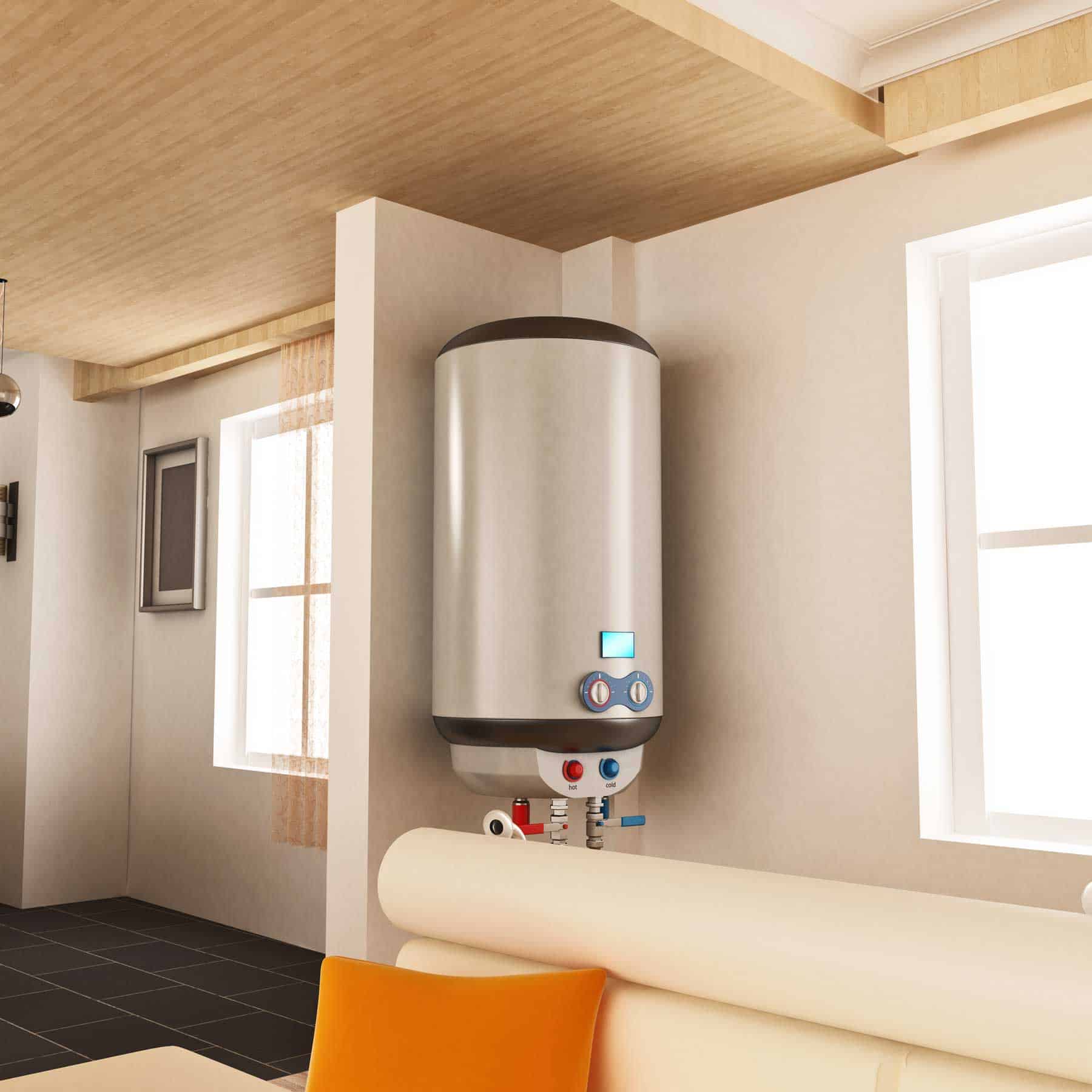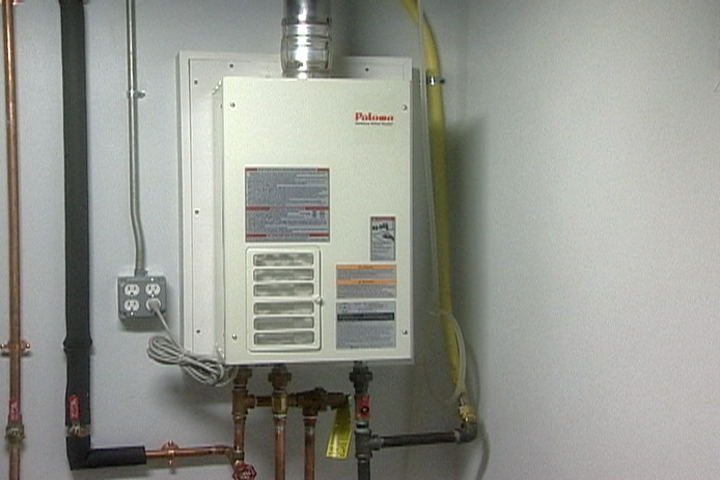Simple Methods to Care for Your Home's Hot Water System Effectively
Simple Methods to Care for Your Home's Hot Water System Effectively
Blog Article
Just about everyone is bound to have their personal assumption on the subject of Tips For Maintaining Your Hot Water Heater.

Hot water is essential for daily comfort, whether it's for a refreshing shower or washing recipes. To guarantee your warm water system runs effectively and lasts much longer, routine upkeep is crucial. This short article gives useful ideas and insights on just how to keep your home's warm water system to stay clear of interruptions and costly repairs.
Intro
Maintaining your home's hot water system may appear overwhelming, however with a few basic steps, you can ensure it operates smoothly for several years to come. This overview covers everything from comprehending your warm water system to do it yourself maintenance pointers and knowing when to employ specialist help.
Value of Maintaining Your Hot Water System
Normal maintenance not only prolongs the life-span of your warm water system but likewise guarantees it operates successfully. Neglecting upkeep can lead to reduced effectiveness, greater power expenses, and even early failing of the system.
Signs Your Hot Water System Demands Upkeep
Knowing when your warm water system needs attention can prevent significant issues. Watch out for indications such as irregular water temperature level, odd sounds from the heating system, or rusty water.
Purging the Water Heater
Flushing your water heater gets rid of sediment build-up, boosting efficiency and lengthening its life.
Checking and Changing Anode Rods
Anode rods protect against rust inside the tank. Examining and changing them when broken is vital.
Complicated Issues Needing Expert Help
Examples consist of significant leaks, electrical issues, or if your water heater is continually underperforming.
Routine Specialist Upkeep Advantages
Expert maintenance can consist of thorough inspections, tune-ups, and ensuring conformity with security standards.
Inspecting and Readjusting Temperature Level Setups
Changing the temperature settings ensures ideal efficiency and safety and security.
Do It Yourself Tips for Upkeep
You can carry out a number of upkeep jobs on your own to keep your hot water system in top condition.
Checking for Leaks
On a regular basis examine pipes and connections for leaks, as these can bring about water damage and greater costs.
Recognizing Your Warm Water System
Prior to diving right into maintenance jobs, it's practical to understand the fundamental components of your warm water system. Typically, this consists of the water heater itself, pipelines, anode poles, and temperature level controls.
Regular Monthly Upkeep Tasks
Routine month-to-month checks can aid capture small concerns prior to they escalate.
Examining Pressure Alleviation Valves
Evaluating the pressure safety valve guarantees it works correctly and avoids too much stress buildup.
Shielding Pipelines
Insulating warm water pipelines decreases warm loss and can save power.
When to Call an Expert
While DIY maintenance is valuable, some problems call for specialist competence.
Final thought
Normal maintenance of your home's hot water system is necessary for efficiency, durability, and expense savings. By complying with these ideas and recognizing when to seek specialist aid, you can ensure a trustworthy supply of warm water without unanticipated disruptions.
How to Maintain an Instant Hot Water Heater
Before tinkering with your hot water heater, make sure that it’s not powered on. You also have to turn off the main circuit breaker and shut off the main gas line to prevent accidents. Also turn off the water valves connected to your unit to prevent water from flowing into and out of the appliance. 2. When you’re done, you have to detach the purge valves’ caps. These look like the letter “T†and are situated on either side of the water valves. Doing so will release any pressure that has accumulated inside the valves while at the same time avoid hot water from shooting out and burning your skin. 3. When the purge valves’ caps are removed, you have to connect your hosing lines to the valves. Your unit should have come with three hoses but if it didn’t, you can purchase these things from any hardware or home repair shops. You can also get them from retail stores that sell water heating systems. Read the user’s manual and follow it to complete this task properly. When the hosing lines are connected, open the purge port’s valves. 4. You should never use harsh chemical cleaners or solutions when cleaning your unit. Make use of white vinegar instead. It should be undiluted and you’ll probably use about 2 gallons. 5. Now flush your water heater. This task should probably take about 40 minutes. We can’t give you specific directions for this because the procedure is carried out depending on the type, model and brand of your heater. With that being said, refer to the user’s manual. 6. When you’re done draining the unit, you have to turn off the purge port valves again. Remove the hosing lines that you earlier installed on each of the water valves. Put the valve caps (purge port) back in their respective places and be very careful so as not to damage the rubber discs that are found inside these caps. 7. Now that everything’s back in place, check your user’s manual again to find out how to reactivate your water heating system. 8. Once it is working, turn one of your hot water faucets on just to let air pass through the heater’s water supply pipes. Leave the tap on until water flows smoothly out of it. https://www.orrplumbing.com/blog/2014/september/how-to-maintain-an-instant-hot-water-heater/

We were shown that report on Tips on Maintaining a Water Heater from someone on another blog. Appreciated our write up? Please share it. Let others find it. I value your readership.
Show Details Report this page